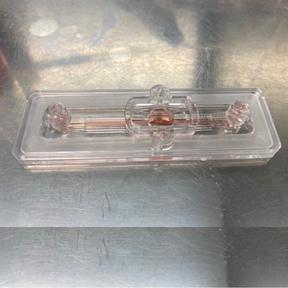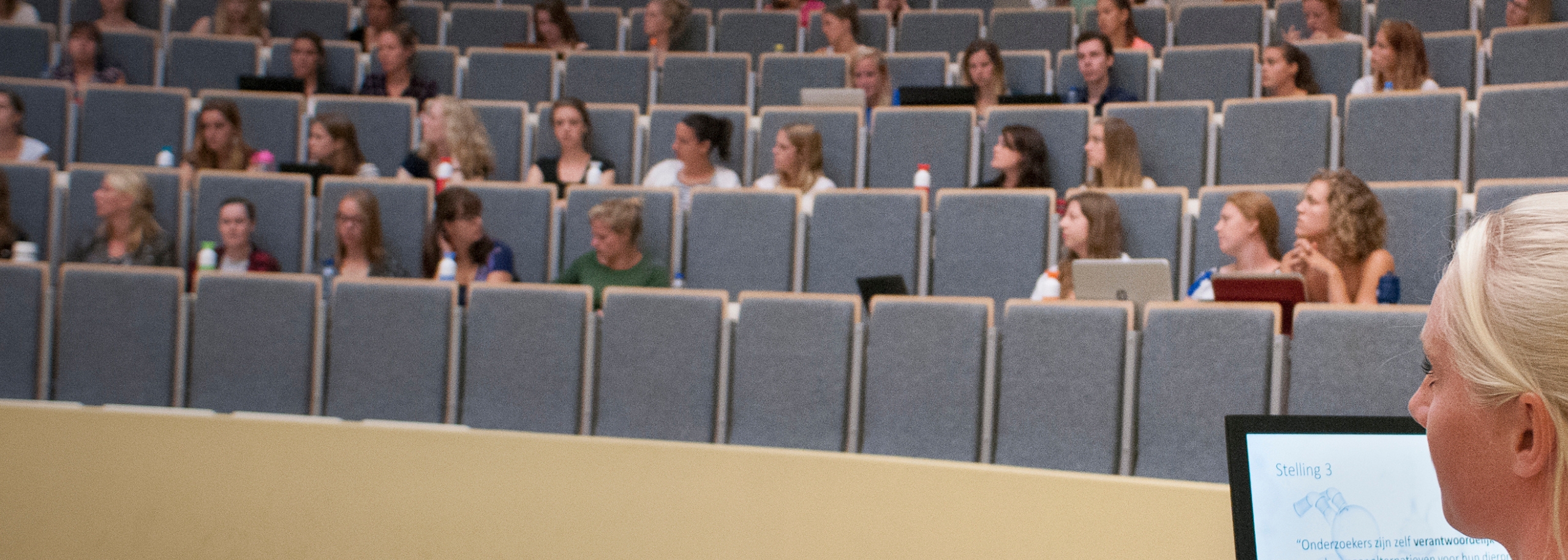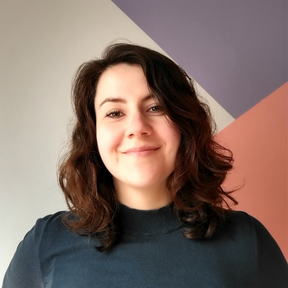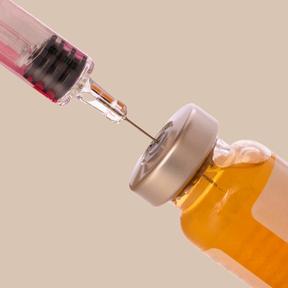In our recurring section of motivational blogs, scientists explain what motivates them to go against the current and develop animal-free alternatives. This time it is up to PhD student Zhuotao Xiao. He is conducting research at Leiden University Medical Center (LUMC) on kidney disease, and specifically the effect of hemodynamics (such as blood flow and blood pressure) on vascular access.
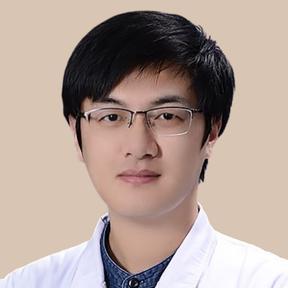
During our lecture, within the Laboratory Animal Science Course at the LUMC, Janneke – a colleague from Proefdiervrij – and Zhuotao met. Zhuotao, who studies the effect of hemodynamics on vascular access, was eager to conduct an animal-free study and asked Janneke about funding opportunities. He is now developing a plastic 3D model of the arteriovenous fistula (a connection between a vein and an artery constructed by a surgery in kidney failure patients), on which human blood vessel cells grow. This allows him to study the failure of these fistulas without the use of animals. Read more about how we started working together, but especially about how this contributes to animal-free science.
Getting acquainted during Laboratory Animal Science course
“I thought it was incredibly special to get to meet Zhuotao during the laboratory animal science course,” says Proefdiervrij colleague Janneke. “After I had given a lecture at the LUMC, he approached me and told me that although he was doing laboratory animal research, he specifically wanted to do animal-free research. He asked me if it was possible for us to fund his animal-free research project. Janneke was immediately excited about the impact this project would have on laboratory animal use and, after discussing this with her colleagues, we decided to support Zhuotao’s project.
Zhuotao: “In March 2022, I attended the laboratory animal course at the LUMC, and was introduced to animal-free innovations and Proefdiervrij by Janneke. Animals suffer during animal testing, and Proefdiervrij is looking for a solution to replace the use of animals in scientific research. I actually realized during this lecture that my project can help reduce laboratory animal use. And that’s why I started talking to Janneke about this.”
“I actually realized during this lecture that my project can help reduce laboratory animal use. And that’s why I started talking to Janneke about this.”
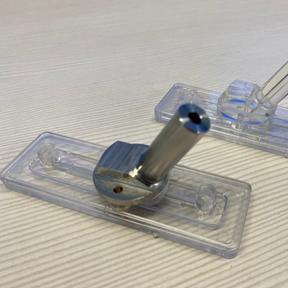
Zhuotao conducts research on blood vessels for dialysis
Worldwide, more than 3 million patients with end-stage kidney disease are treated with hemodialysis to stay alive. Dialysis requires vascular access that can handle a high blood flow in order to transport the patient’s blood to the dialysis machine. For this purpose, patients undergo surgery to receive an arteriovenous fistula in their arm, a connection between a vein and an artery. Unfortunately, there are also disadvantages to the use of these fistulas, because they can become narrowed and can contain blood clots.
Researchers would like to find out exactly why it is that these fistulas do not work properly. But so far it is difficult to investigate this properly with a human cell model. Therefore, various animal models have already been developed and used to study the failure of these arteriovenous fistulas. Thousands of animals are killed every year for this purpose.
What is the arteriovenous fistula?
“Kidney patients can surgically receive an arteriovenous fistula in their arm. This is a connection between a vein and an artery. This provides the patient with a large vein from which blood can be easily drawn. This vein can handle a high blood flow, so the blood can properly flow to a dialysis machine.”
Janneke van Ravenswaaij, science and communication employee
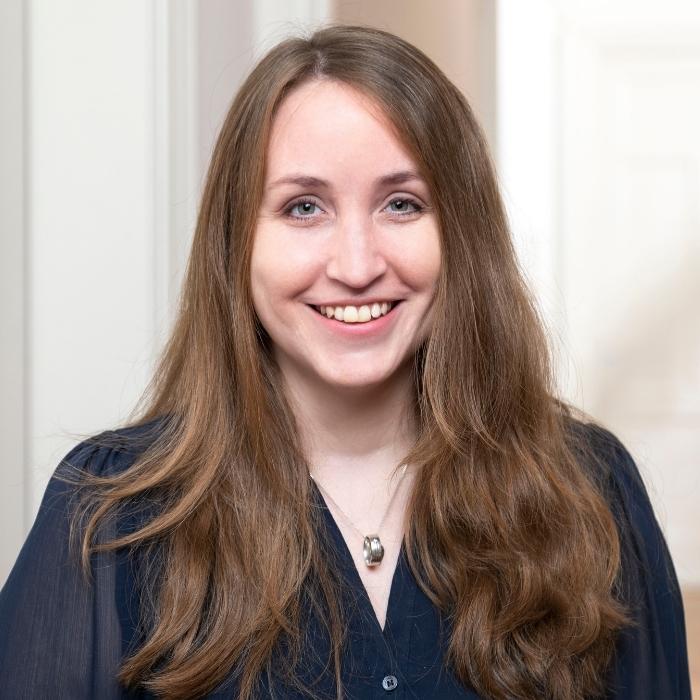
Better human-oriented research model
Zhuotao wants to replace these animal experiments with a 3D plastic model of the arteriovenous fistula, on which human blood vessel cells grow. With this model he can mimic the unfavourable aspects of the fistula, such as the blood pressure and the effects of a disturbed blood flow on the blood vessel cells in the fistula. The plastic 3D model has already been developed, and the next step is to seed human blood vessel cells. With a special microscope, Zhuotao can study the blood vessel cells involved in the thickening, inflammation and changes of the fistula.
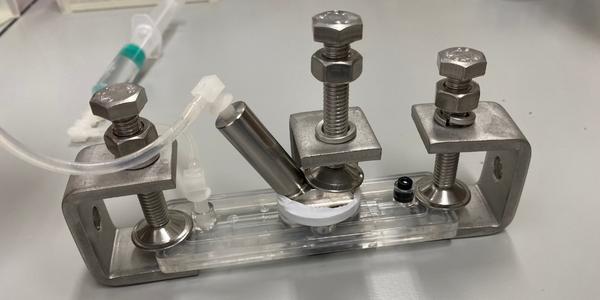
Funding from Proefdiervrij
We are all about replacing the use of laboratory animals in research. That is why we support researchers in developing new methods and technologies to prevent the use of laboratory animals. The blood vessel model is a promising model that can replace laboratory animals.
Zhuotao: “I applied for funding from Proefdiervrij for the development of my blood vessel model. Because the first results of my research are already promising, I am convinced that my model will yield great results and can even be used in other research areas. In that way, it could possibly replace even more laboratory animals in other areas.
Saskia helped me with the funding and I am surprised by how quickly and smoothly it was handled. The funding covers most of the costs of the model. We have now developed the plastic 3D blood vessel model, and this is truly a dream come true at last.”
We would like to thank Zhuotao very much for his explanation. It’s amazing that you started thinking more about replacing laboratory animals through our lecture. And fantastic that we were able to fund your blood vessel model, which contributes to our common goal of replacing the amount of laboratory animals used in research with new methods and technologies.
